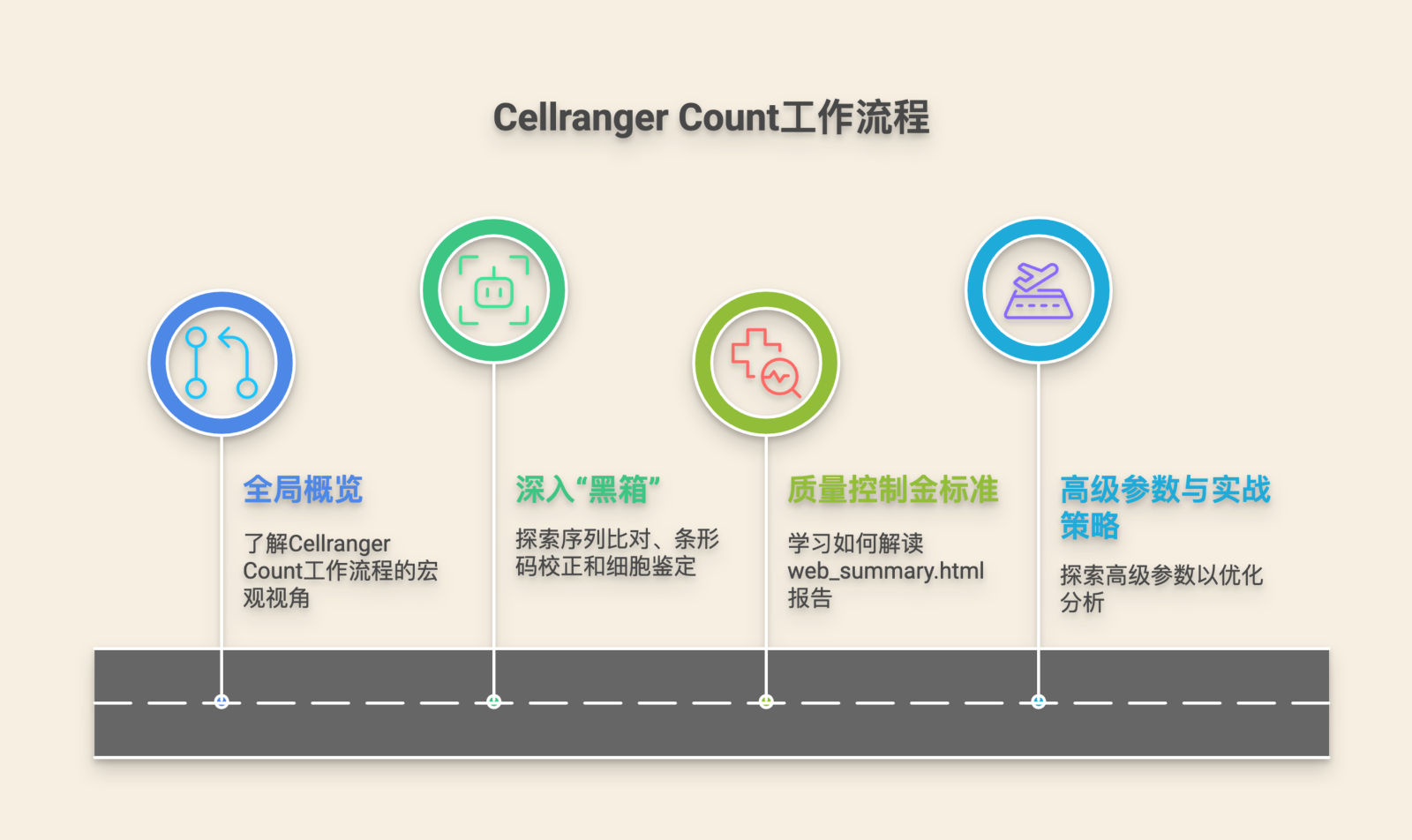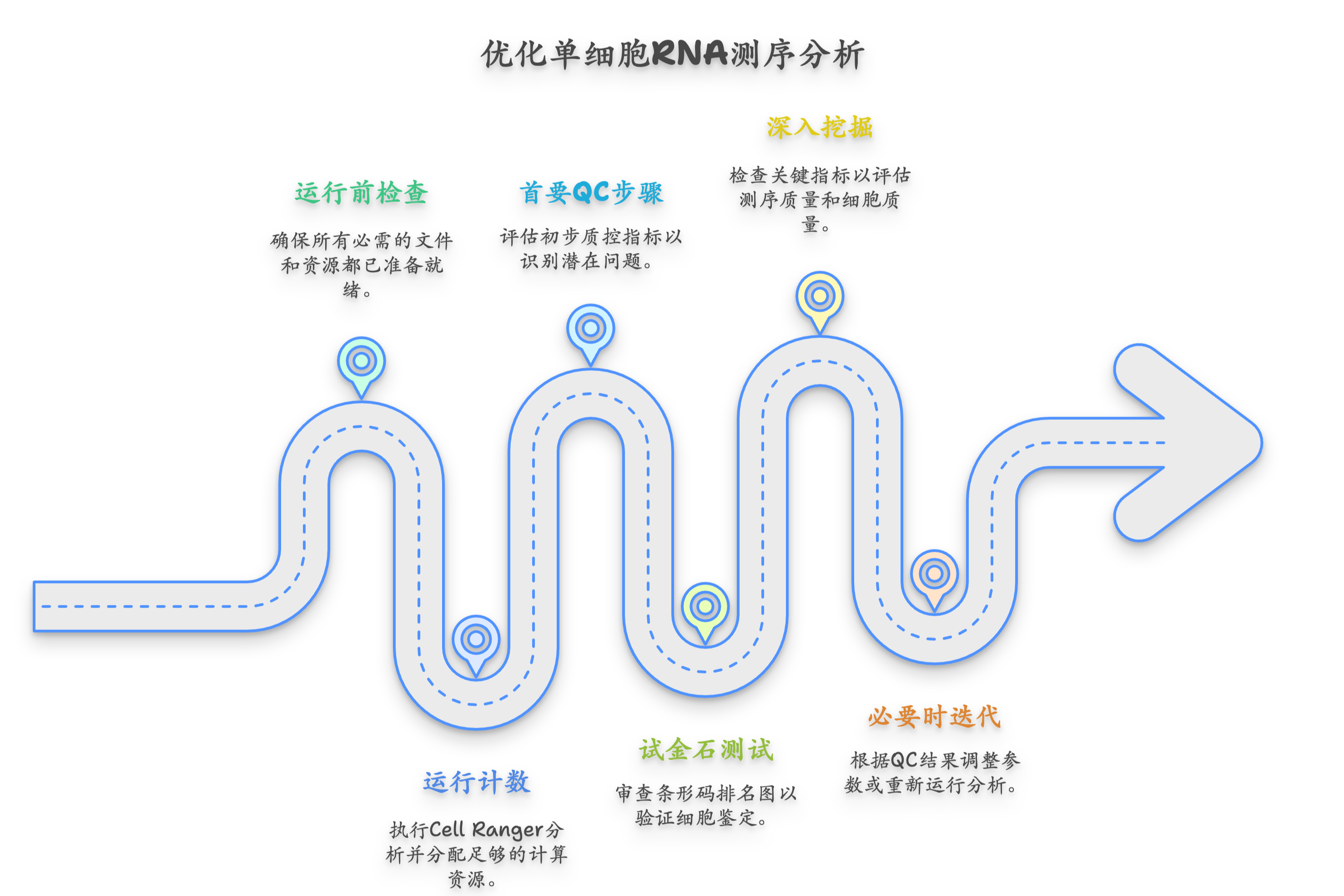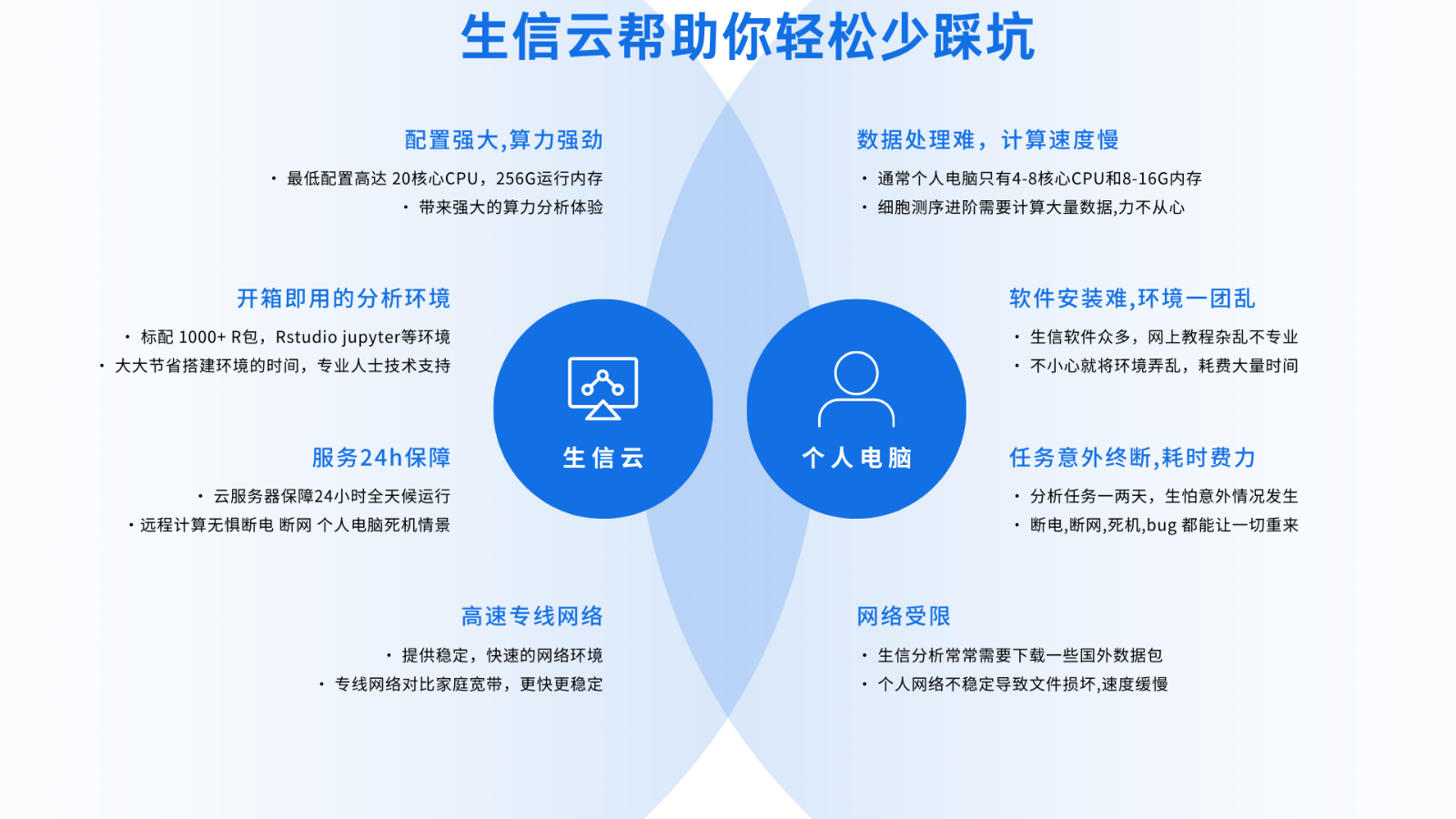Optimized project workflow bioinformatics cloud computing solution

precision-medicine analytics engine drives key advances in tailored therapeutic strategies. These platforms turn high-volume genomic data into practical, research-grade insights. With optimized analytics and cloud-native workflows, they expedite variant interpretation and biomarker discovery.
Cloud-Ready Bioinformatics Servers for Massive Sequencing Workloads
Sequencing and high-throughput assays create huge datasets requiring specialized computing capacity. Elastic compute clusters are critical to handle the throughput and complexity of modern bioinformatics.
- Elastic provisioning allows infrastructures to absorb spikes in processing demand.
- Many solutions leverage distributed computing, container orchestration, and parallelism for throughput.
- Scalable bioinformatics servers are instrumental for a wide range of applications, including genome sequencing, variant calling, and phenotype prediction.
Cloud adoption has revolutionized access to bioinformatics capabilities, making them affordable and elastic.
Dedicated Bioinformatics Cloud Platforms for Faster Genomic Discovery
High-throughput sequencing technologies have driven a deluge of genomic data needing scalable analysis backends. Dedicated bioinformatics clouds provide on-demand compute, scalable storage, and comprehensive tool suites to accelerate research.

Thorough Genomic Analyses with Scalable Distributed Compute
Bioinformatics increasingly demands extensive computational resources to analyze complex biological datasets. Traditionally, many analyses relied on local infrastructure which can be costly and limited in capacity.
Cloud resources enable execution of pipelines across thousands of samples in parallel and at speed.
The cloud lets teams right-size infrastructure per project, lowering total cost of ownership and accelerating teamwork.
Specialized Cloud Architectures Shaping Bioinformatics' Future
As research complexity increases, cloud vendors deliver specialized stacks that accelerate discovery and compliance. They bundle curated pipelines, scalable compute, and collaborative tools to accelerate translation from data to insight.
Moreover, the intrinsic scalability of cloud computing allows rapid resource changes on demand, democratizing access to advanced bioinformatics and empowering researchers globally.

On-Demand Servers Streamline Bioinformatics Workflows
When workflows require bursts of compute, on-demand servers present a cost-effective, rapid solution. By offloading peaks to on-demand servers, labs avoid the cost and maintenance of full-time clusters.
Many providers offer ready-to-run images with alignment, variant-calling, and annotation tools installed. With infrastructure prepped, researchers redirect effort to experimental questions and downstream validation.
Bioinformatics as a Service: A Powerful Platform for Data Exploration
Managed bioinformatics offerings let organizations scale analyses while maintaining reproducibility and governance. They support translational projects by combining analytics, annotation databases, and pipeline automation.

- aaS platforms offer elastic resources to analyze cohorts of genomic samples efficiently.
- Cloud platforms make it easier to collaborate on code, workflows, and annotated datasets across labs.
- Advanced models and algorithms enable efficient signal detection and hypothesis generation.
Clinical-Grade Bioinformatics Servers for Personalized Care
Rising volumes of genomic and clinical information are accelerating the transition to personalized care. They support decision-making by identifying actionable mutations, therapy targets, and likely responders. Timely computational insights assist care teams in matching patients to precision therapies and adaptive regimens.
High-Performance Bioinformatics for Deep Biological Insight
Computational approaches expose hidden relationships in genomes and proteomes using scalable analysis methods. Deep data analyses detect low-frequency events, structural variants, and pathway perturbations.

Sophisticated computational methods are essential to model, interpret, and predict biological behavior from data.
Next-Generation Compute for Rapid, Reliable Bioinformatics
Growth in omics data pushes the need for infrastructures that combine high performance and elasticity. By integrating parallel processing, GPU acceleration, and optimized storage, next-gen systems shorten analysis cycles.
- On-demand cloud resources give teams the agility to right-size environments per project phase.
- Dedicated bioinformatics software ecosystems are refined to improve accuracy and reproducibility.
bioinformatics cloud environment setup
This next-generation infrastructure facilitates collaborative research and accelerates discoveries in disease, drug development, and agricultural biotechnology.
A Modular Bioinformatics Server Suite for R&D
Comprehensive platforms combine curated pipelines with interactive tools to support exploratory and production analyses. It brings together alignment, annotation, phylogenetics, and predictive modeling to support diverse research workflows. The platform’s web interface, tutorials, and workflow templates enable users of varying skill to run complex analyses reproducibly.
